Man of Flowers (1983)
“Would God approve of someone who found flowers as sensually arousing, tender, loving beings?”
|
Synopsis: |
|
Genres, Themes, Actors, and Directors:
Response to Peary’s Review: He describes Kaye as someone who “writes daily letters to his mother although she is long dead, has regular sessions with an incompetent therapist: … and mails himself letters so he can engage in meaningful conversations with his mailman.” In addition, “He paints, plays the church organ, listens to classical music, collects art and sculpture, and once a week pays a beautiful artist’s model (Alyson Best) to strip to the love duet from Donizetti’s Lucia de Lammermoor” — though he never touches her “as his intentions are honorable.” Peary argues that “director Paul Cox smoothly blends wicked, offbeat humor with sad, penetrating looks at nice people who have really been clobbered (in more ways than one) in life.” He asserts that Kaye — “who was terrific in Cox’s Lonely Hearts, is even better here, playing a triumphant character instead of an insecure loser” — a “wonderful, original film character whose unique perspective on life has helped him overcome every roadblock to happiness” and who “is the ideal protector of the much younger Best” given that they “each can provide the other what they need most at this particular time in their lives.” However, I don’t really agree. While Kaye certainly shows unique agency in the final portion of the film, he is far from a “triumphant character,” but rather a sad, haunted man whose flashbacks to his past (including Werner Herzog playing his disciplinarian father): … show how deeply wounded he was and remains. Sure, he gets by (he’s inherited plenty of money), but he’s deluded, lonely, misunderstood, and in some cases blatantly taken advantage of. His noble desire to help Best is laudable — though Peary weirdly ignores the fact that Best actually takes up a new lesbian lover (Sarah Walker) who seems equally interested in rescuing (and seducing) her. Peary does point out that “since this film is about a lover of beauty, it’s only fitting that Cox’s film is beautiful to look at and has a sumptuous classical score to listen to,” and I agree with this; the sets, cinematography, and score are noteworthy. On a personal note, I recall watching this film years ago in an evening class on Australian Cinema. Our instructor insisted on replaying the final, slow-moving, enigmatic shot — of Kaye on the beach, surrounded by other figures and birds — for a second time: … and I remember feeling like this was cruel and unusual punishment at the end of a long day. Notable Performances, Qualities, and Moments: Must See? Links: |
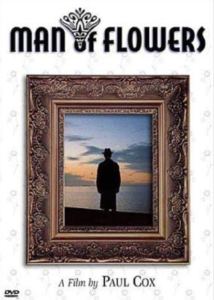
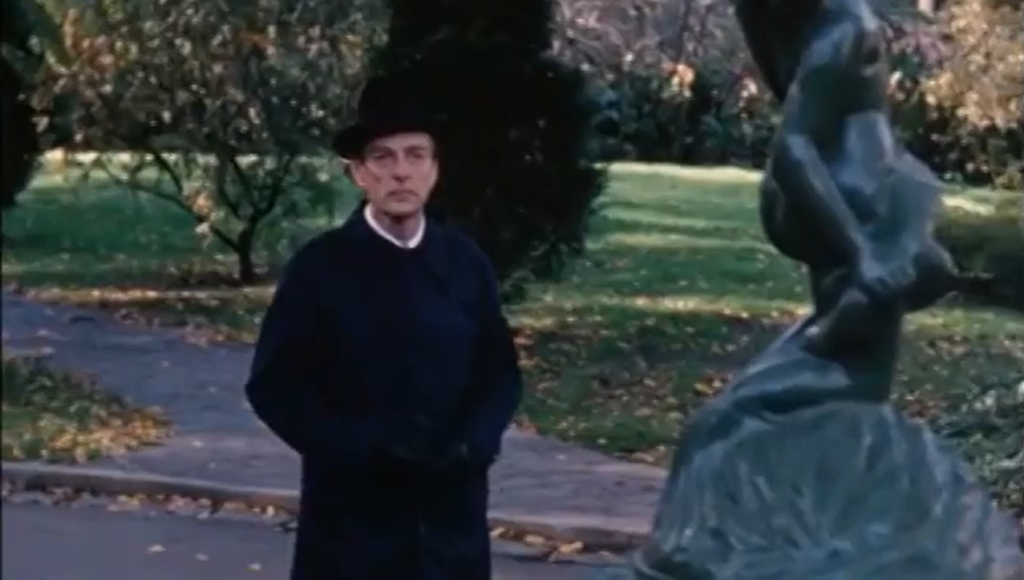

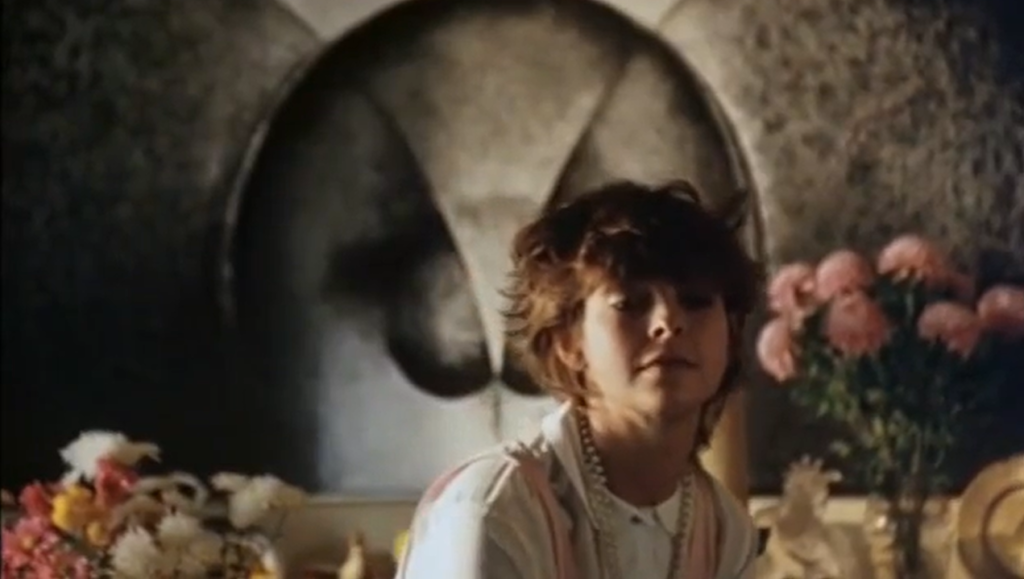
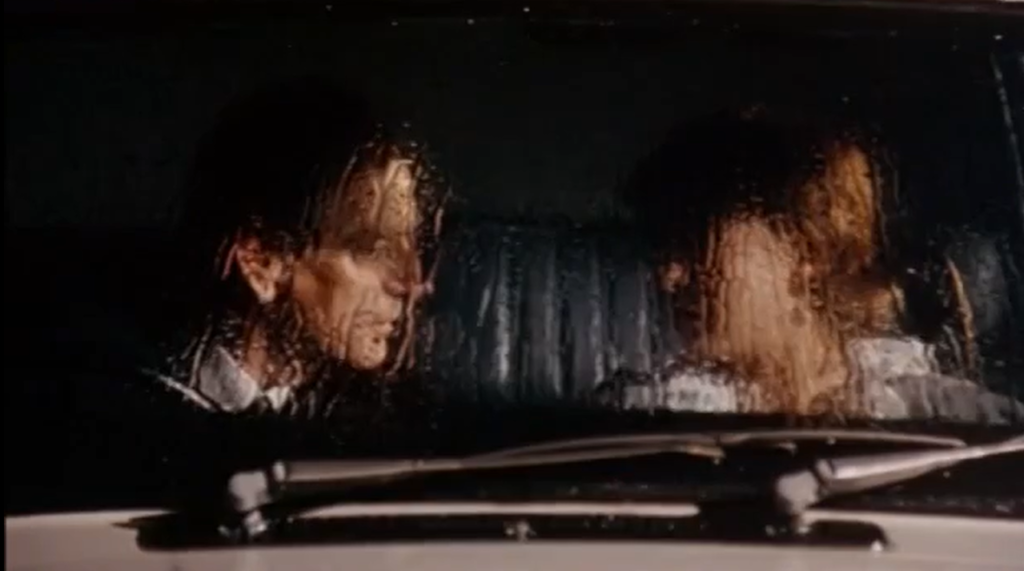

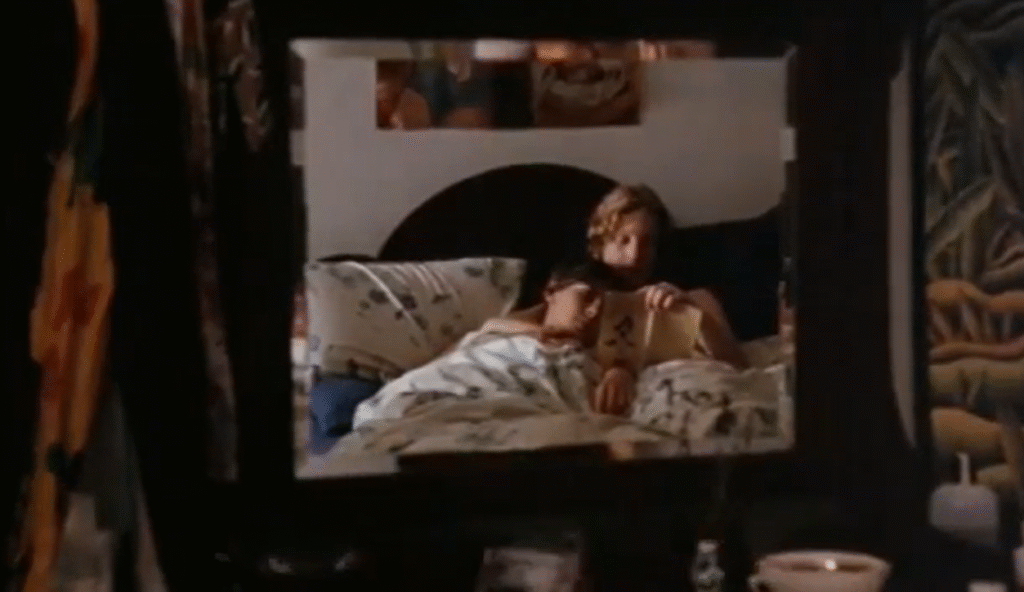
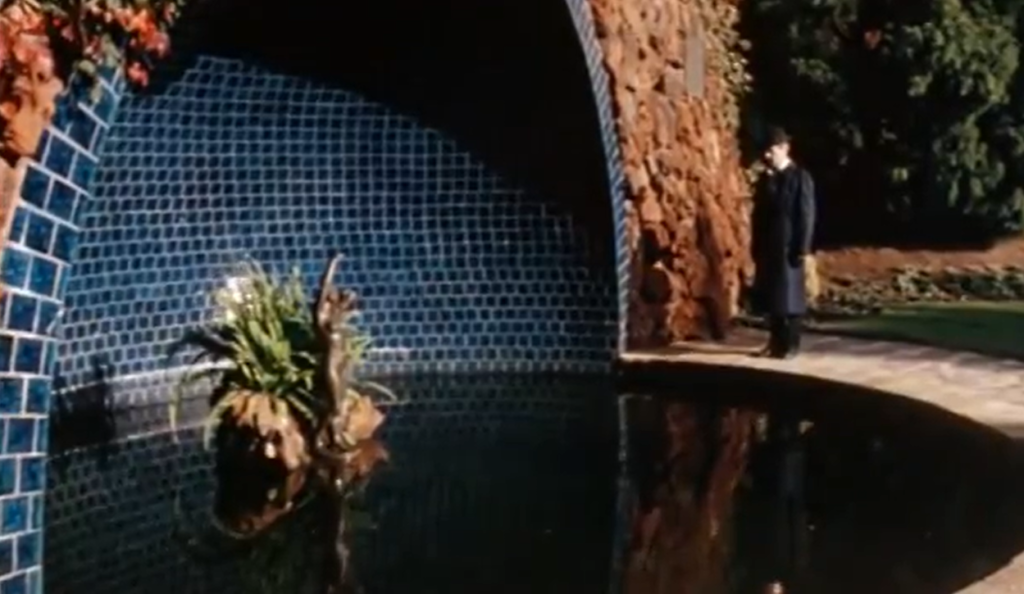
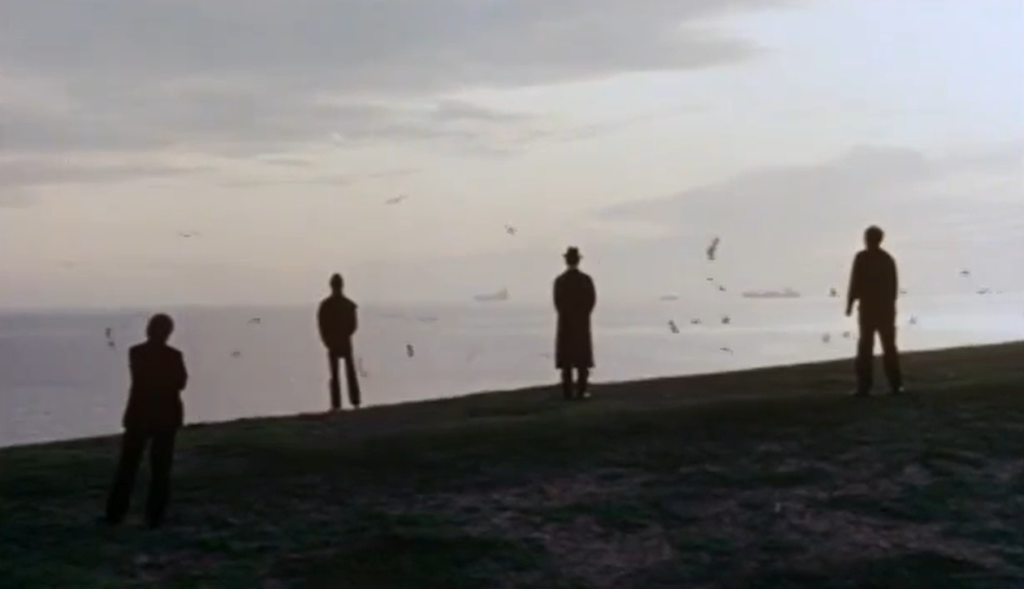
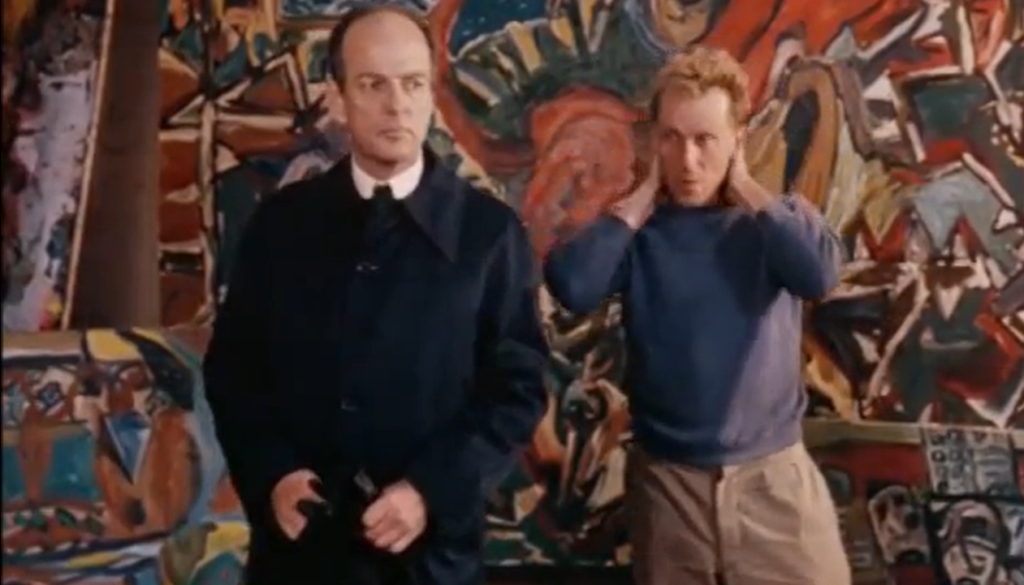
One thought on “Man of Flowers (1983)”
First viewing (8/19/22). Not must-see, but it’s recommended, as a unique cult item. As posted in ‘Revival House of Camp & Cult’ (fb):
“There are still many kind people around, even in a world like this.”
‘Man of Flowers’ (1983): Conceived and directed by Dutch-born Paul Cox (who emigrated to Australia after he reached adulthood), this unusual (and now somewhat obscure) cult item was, on its release, a surprise art-house hit worldwide. A genuine sleeper.
If the film seems simple, it’s deceptively so. Its focus is on Charles Bremer (Norman Kaye), an effete man of inherited wealth who has the luxury of spending his days cultivating his love of beauty. When he’s not writing to his dead mother, Charles takes an art class, where he meets a model, Lisa (Alyson Best), who later becomes his personal ‘muse’. He pays Lisa $100 once a week to simply slowly take off her clothes to the operatic sounds of Donizetti – and then put her clothes back on and leave.
After each session, Charles takes himself to the church across the way, where he begins to ‘expressively’ play the organ in a way that brings to mind the haunted female protagonist in ‘Carnival of Souls’.
This outburst aside, Charles is nothing if not mild-mannered, though more accurately he is the poster boy for arrested development. Just how halted is revealed in dreams shown to us as silent Super-8 home movies (Charles’ father is here played by writer / director Werner Herzog.) We witness how Charles learns to either fear sex or feel shame about it. Hence his distance from Lisa – or anyone who might be in her place.
For her part, Lisa lives with a boorish painter, David (Chris Haywood) who sees himself as the new Jackson Pollock. In counterpoint to Charles, David is the crude Stanley Kowalski of the art world. Like Charles, we can’t help wanting Lisa to find something more beautiful, more artistic, in the world of love – which is finally what Lisa pursues when she begins to experiment with her inner Sappho.
The film may, at this point, sound somber but it actually isn’t at all. It’s just quiet – but often quietly amusing. One of my fave moments is in the art class – when the teacher is perusing the work of her students and chooses not to comment on the one who is drawing everything there is in the room… except the model right in front of him. Fun as well are the couple of conversations that Charles has with his happy-go-lucky mailman.
Still ‘MOF’ doesn’t rest with being charmingly idiosyncratic. It also has an edge to it, served up ultimately as politely gothic.